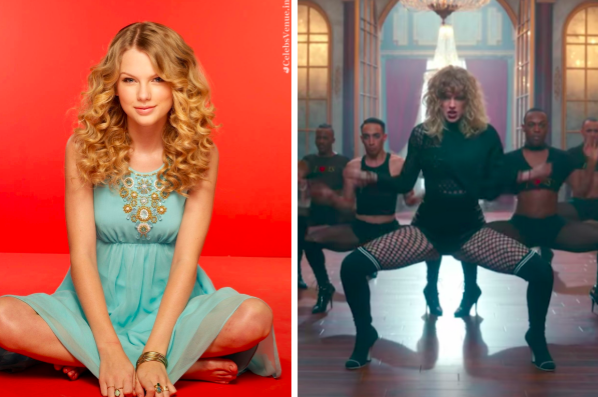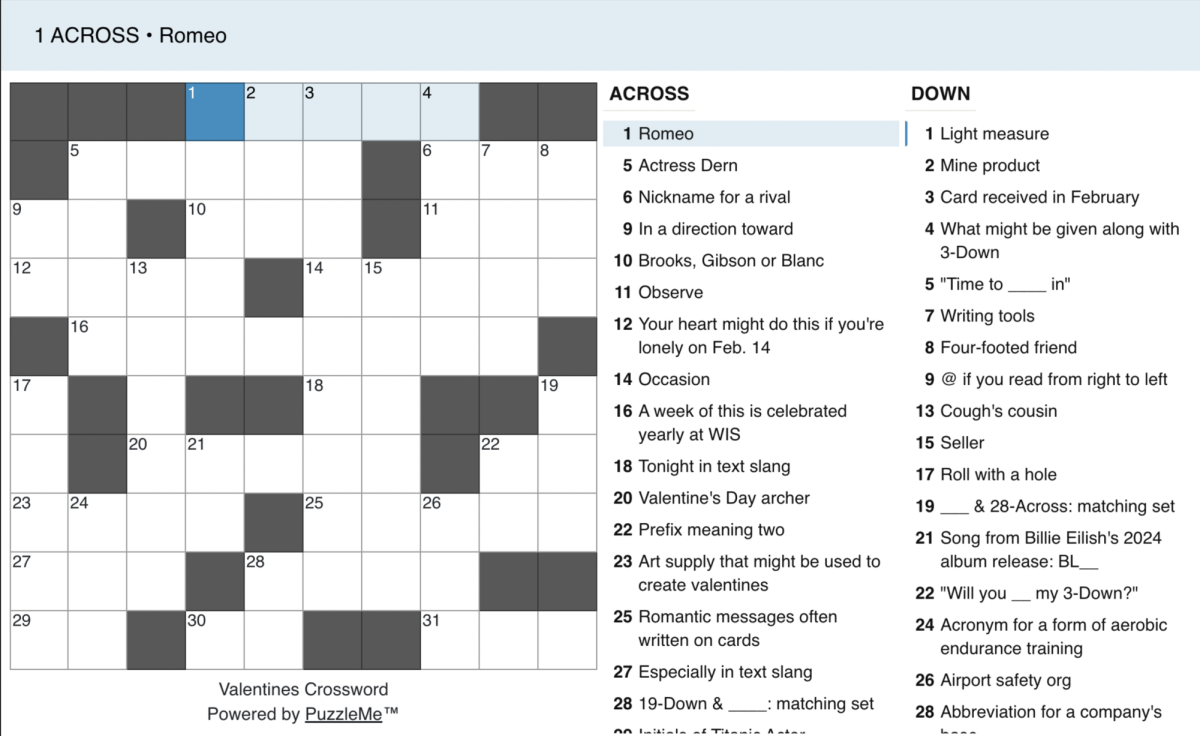Within 24 hours of Taylor Swift’s debut of pop title “Look What You Made Me Do” from her 2017 album, “Reputation,” the star accumulated 43.2 million Youtube views; a record number for the site. The music video begins with a cliche clip of a Zombie-Taylor aggressively digging her way out of a grave, marked by a grand headstone in which “Taylor Swift’s Reputation” has been engraved.
Therefore the song essentially presents itself as a rebirth single, in which Taylor quite forcefully spoon feeds watchers and listeners the totally original tune of a girl pop star who started out as a country singer: she’s not the good, sweet, bakes-cookies-for-Instagram, relationship girl anymore, no! She’s bad! A rebel…out for blood against all the people who have wronged her and caused her suffering throughout her $200 million a year career! And this isn’t necessarily a concept that requires interpretation: she quite literally includes a block of dialogue in the lyrics in which she states, “I’m sorry, the old Taylor can’t come to the phone right now. Why? Oh, ‘cause she’s dead!”
The star goes on to feature a plethora of versions of herself, characterizing each one through the outfits she wore in the respective music videos or at A-list events. The “new” Taylor, clad in an all black, leotard, mink coat hybrid contraption, stands upon a mountain of these old Taylor’s, crucified by a radiating teal “T”, and condemning them to the depths of the underground, erasing them, throwing a blanket over them so everyone forgets that they ever existed, even though she’s still generating income from the nearly 800 million views on 2009’s “You Belong With Me.”
To clarify, in her obtusely un-artistic, inelegant, and frankly desperate wail insisting that she’s different now, she’s referring to the distance she wants to place between herself and curly-haired, guitar-lugging Taylor. In reality, nothing in the slightest makes her stand apart from the Miley Cyrus (recall: “Can’t Be Tamed”) and Katy Perry (collab with Migos? What?) bandwagon of quarter-life-crisis, “can-I-have-a-do-over” artists.
We get it. You cultivated your image, you got sick of it, you want to branch out, you’re being scrutinized by the public eye so you might as well do it with a bang. Congratulations! We still picture you in a yellow dress on a swing crayoning up an American flag coloring book with your quasi-friends of your equal complexion and occasional, token, diversity friend.
Besides her identity crisis, there were other aspects of the single that caused the masses of fans and critics to flock to its youtube video. For instance, that fact that she used stupidly direct symbols to target different people who have caused any notable turmoil in her career. Granted, she’s been criticized ceaselessly in the media for being petty and selfishly opportunistic, using her relationships to garner pity and spineless fame.
Anywhere online right now you can find analysis of the different hints she dropped in the visuals, using props, costuming and “hidden” messages to call attention to her feuds with, to name a few, the West/Jenner/Kardashian crew, ex-boyfriend Calvin Harris, the VMA’s, the Met Gala, Apple Music, and so on. A fan favorite is her continuous inclusion of snakes, which has been a popular emoji to define her in the past years.
And to be honest, rightfully so. They might as well put an all black, leotard, mink coat hybrid contraption on the snake emoji. I recently read a set of articles claiming that any backlash to emerge from Taylor Swift’s single is misogynistic, because she’s standing up for herself, and beefing with other artists and corporations through her songwriting, as several male artists have done and continue to do without being pegged as obnoxious and overbearing.
I am going to start by stating that it is not misogynistic for me to hate a song because the song itself is terrible. Merely from an artistic standpoint, with no gender bias or stereotype attached, it is a redundant and Disney-esque, crude blob of a single chord separated by a canned, relentless symbol-snare drum sound that sounds like she illegally downloaded it from someone, who recorded it with an iPad, froWii wii game of guitar hero. All tied together by her strange talk-sing-yell medley that I pray she didn’t intend as rap. Not to mention that lyrically and visually her messages were annoyingly bare and her fog machine was probably exhausted by the end of it.
I don’t listen to Taylor Swift if I can help it, and I wouldn’t even grace this sad excuse for a song with any concern or attention at all, but when I read that people think Taylor Swift is a feminist, and that this single highlights that, I had to say something.
She presents as a non-partisan artist, not revealing who she voted for, yet twitter-piggybacking on the zest of the women who marched in January to urge that she cares about women’s issues without having to attach herself to the progressive community. Again, a strategic move to keep a broad audience, but simultaneously suggesting that it’s likely her fanbase is widely conservative tween girls from Trump-voting, predominantly southern families. And she’s misinforming them about feminism.
The pinnacle of her “empowering women” mantra occurred when she delivered a speech allegedly designed to reclaim credit and accountability for her own fame and success, after Kanye West alluded to her in lyric, “I made the (expletive) famous.” It was emotional, strong and forward, but soon after, audio evidence of Taylor Swift’s verbal permission agreement for his inclusion of the lyric was released to the internet.
Her goal wasn’t to empower women- it was to use her position of fame to capitalize on female vulnerabilities and create pity, all while treading on the success of a fellow artist who has been innovating in the music industry since the 90’s. Don’t fall for the screeches of a woman who’s been referred to by white supremacist news industries as “Our Aryan Angel” (true story- check the Daily Stormer)- instead I recommend you spend your energy exploring and supporting other, more worthwhile artists who have managed to stay on the grid without evoking celebrity gossip headlines. See: up and coming, orthodox-muslim neo-soul artist, SZA, or our very own, home-grown rapper GoldLink.
If worst comes to worst, settle back into 2016’s quality albums and make sure you haven’t missed any essentials: Kaytradana’s 99.9%, dvsn’s Sept. 5th, Blood Orange’s Freetown Sound, Isaiah Rashaid’s The Sun’s Tirade, Saba’s The Bucket List Project, or Jidenna’s The Chief.
The “old Taylor” is dead to Taylor Swift, and the “New Taylor” is dead to me.
By Val Deshler


































































